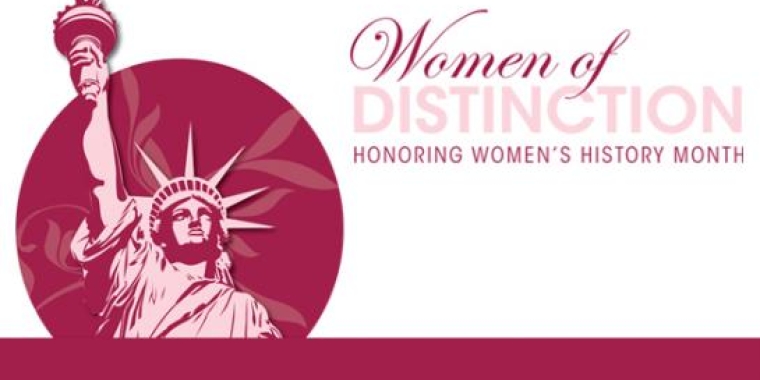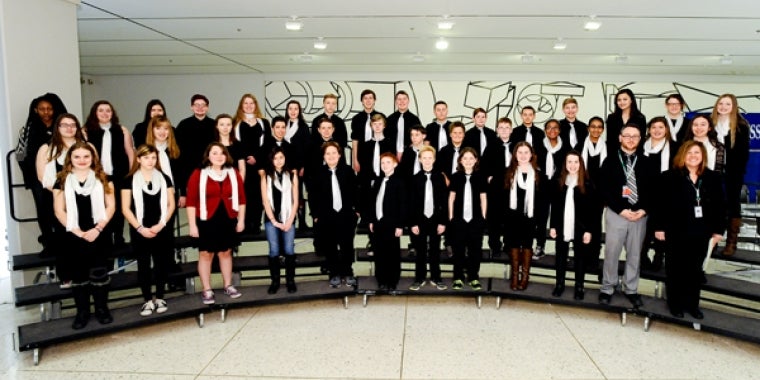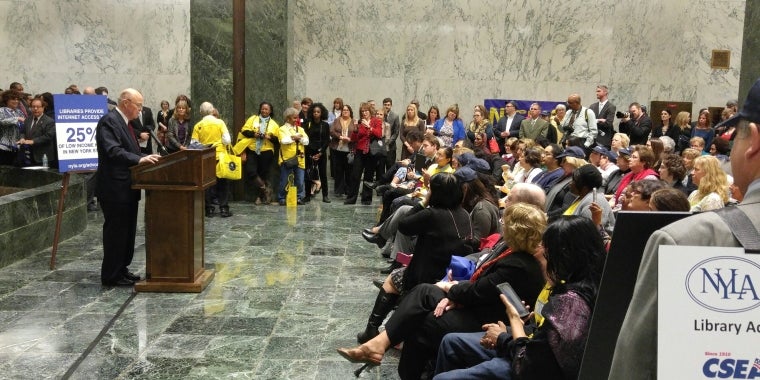
Senator Farley Notes March Is Women's History Month
Hugh T. Farley
March 3, 2014

State Senator Hugh T. Farley (R, C, I – Schenectady) notes that March is Women’s History Month and the New York State Senate has developed a booklet which honors some Women of Distinction. To view, visit http://www.nysenate.gov/files/pdfs/Historic%20WOD%20Book.pdf
"Women have played a crucial role in New York State's political, social and economic development," Senator Farley said, “and Women’s History Month is a great time to take stock of the enormous contributions of great women from our past. The Senate’s Women of Distinction exhibit highlights some extraordinary people as an example of women’s achievements that continue to this very day.” The exhibit includes some women from our area.
Johnstown native Elizabeth Cady Stanton (1815-1902) was educated at the Johnstown Academy and at Emma Willard's Troy Female Seminary. She became interested in the abolitionist cause, and spoke frequently on the subject of women's rights. In the 1840s, she circulated petitions that convinced the State Legislature to pass a bill granting property rights to married women. In 1848, she convened a women's rights convention in Seneca Falls and drafted the "Declaration of Sentiments," which called for equal rights for women. An effective writer and orator, she campaigned across the country for women's suffrage. In 1854, Ms. Stanton received an unprecedented invitation to address the State Legislature, and her speech resulted in new legislation that granted women the rights to their wages and to equal guardianship of their children. She helped organize the National Woman Suffrage Association in 1869, and in 1878 she drafted a federal suffrage amendment that was introduced repeatedly in Congress. The amendment, in substantially the same language, was finally adopted in 1919.
Katharine Burr Blodgett (1898-1979) was the first female research scientist at General Electric Company, in Schenectady. A native of Schenectady, Dr. Blodgett spent nearly all of her adult life in that city, where she helped pave the way for women physicists and scientists around the world. She made significant contributions to the field of industrial chemistry, including earning six U.S. patents. After graduating from high school in 1913 at the age of 15, she won a scholarship to Bryn Mawr College. The knowledge she obtained while a graduate student at the University of Chicago helped her invent gas masks that saved countless lives during wartime. Dr. Blodgett's experiments during World War II led to breakthroughs in the design of the airplane wing, and she designed a smoke screen that also saved lives during military campaigns.
Share this Article or Press Release
Newsroom
Go to NewsroomSenator Farley Salutes NCS Band
March 3, 2016

Senator Farley Salutes Music
March 3, 2016

Senator Farley Salutes Libraries
March 3, 2016

